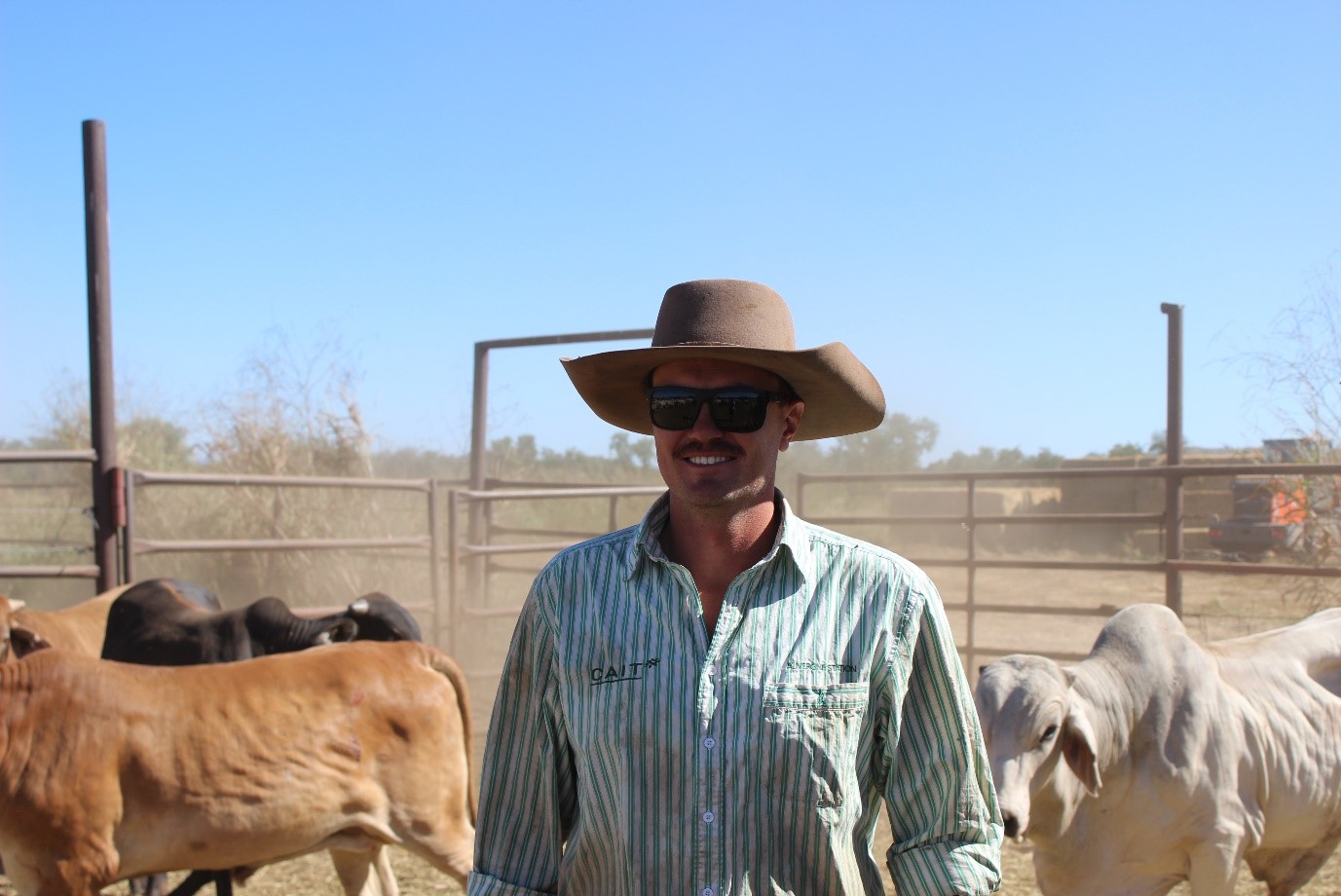WA pastoralists: Are your heifers phosphorus deficient?
Western Australia’s ‘Are your heifers deficient?’ phosphorus project has kicked off to encourage northern WA producers to test their herds for phosphorus deficiency. The project aims to increase producer awareness of their station’s phosphorus levels and to increase adoption of supplementation in the north.
Phosphorus deficiency is a major problem for cattle grazing in northern Australia due to low phosphorus levels in the soil. A herd phosphorus deficiency can affect breeders’ ability to maintain body condition which can lead to reduced milk production and lower weaning rates. Signs of phosphorous deficiency in cattle can include bone chewing, stiff gait, peg leg and bone breakages.
There’s an open invitation for Kimberley and Pilbara pastoralists to take part in this project conducted by the Department of Primary Industries and Regional Development, at no cost to producers.
Will Shannon manages Argyle Downs station in WA’s east Kimberley region and is one of several pastoralists who have signed onto the program. The station runs 10,000 Brahman cross cattle across more than 72,000 hectares, supplementing their herd with approximately 14 tonnes of phosphorous each year.
Mr Shannon joined the project as he is interested in using the results to provide hard data on supplement ratios.
“For several years we haven’t been supplementing a great deal of phosphorus because we weren’t sure of the level of phosphorus deficiency on Argyle Downs,” he said.
“We wanted to be involved in the project to gauge how much phosphorus we should be feeding to our herd.”

For Argyle Downs, having an idea of phosphorus levels and any deficiency takes the guess work out of providing supplementation ratios.
“Our goal is to maximise our herds performance so if our results show a phosphorus deficiency, we’ll be able to increase it to the correct amount for our herd’s requirements,” Mr Shannon said.
As part of the project, producers will need to make 30 heifers available for blood and faecal samples. A representative soil sample will also be taken for analysis. Once the data has been analysed, stations with deficient phosphorus results will be offered a one-on-one consultation with a qualified cattle nutritionist to help establish a supplementation plan to maximise the benefits of phosphorus.
After the consultation, one phosphorus deficient station will be offered the opportunity to participate in a Producer Demonstration Site (PDS) project which will compare the station’s current practice to the practice recommended by the nutritionist. The PDS will operate over two years and the results will be published on completion of the project.
Only a few spots remain for the ‘are your heifers deficient?’ project. If you’d like to learn more, please contact DPIRD Livestock Development Officer Annie Bone.
Email: Annie.Bone@dpird.wa.gov.au
More about phosphorus
Kidman Springs phosphorus supplementation project (webinar recording) →
Planning and managing a supplement feeding program →